Pathology
Patho Logy

Pathology for iMed Billing
Pathology is a pivotal medical discipline. It meticulously delves into the intricate realms of disease by scrutinizing tissues, cells, and bodily fluids for diagnostic clues. Pathologists wield their expertise to decode these microscopic mysteries, providing indispensable insights that shape treatment strategies. Within pathology lie diverse subspecialties, each offering unique disease diagnosis and exploration perspectives.
The field is propelled by relentless innovation, with pathologists harnessing techniques—from microscopic analysis to molecular testing—to unveil the molecular underpinnings of ailments. Anatomical, clinical, and molecular pathology represent a few facets of this multifaceted domain, each illuminating different aspects of the disease landscape.
Pathologists are linchpins of healthcare, furnishing precise diagnoses, prognoses, and therapeutic directives rooted in meticulous analysis. Beyond the bedside, pathology serves as a crucible of discovery, fueling breakthroughs in understanding disease mechanisms and fostering the genesis of novel diagnostic and treatment modalities
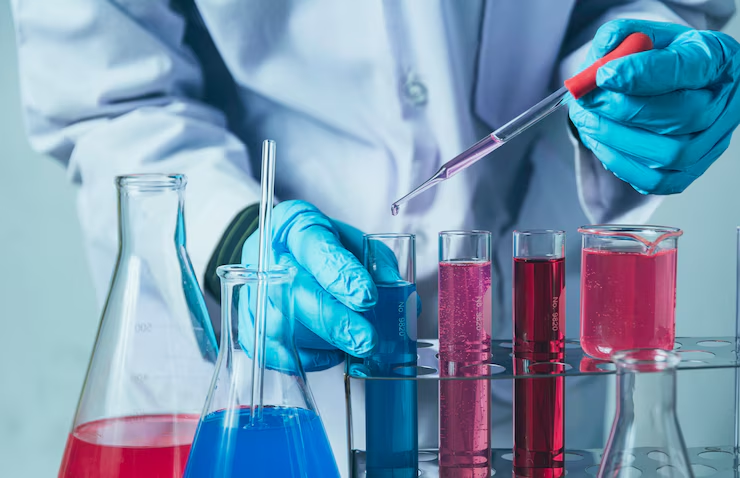


Key Components of Pathology
Collaboration with other medical domains is the lifeblood of pathology, ensuring holistic patient care and informed decision-making. Furthermore, pathologists wield their expertise in public health endeavors, surveilling disease trends, probing outbreaks, and fortifying preventive measures to shield community well-being


Detailed Components
Histopathology
This branch scrutinizes tissue samples under a microscope, unraveling the intricate fabric of disease processes. Biopsy examinations are the cornerstone of diagnosing conditions like cancer, infections, and inflammatory disorders.
Cytopathology
Methods such as Pap smears and fine needle aspirations are crucial in cancer diagnosis and screening. Cytopathology focuses on individual cells removed from biological fluids or tissues.
Forensic Pathology
Operating at the intersection of medicine and law, forensic pathology meticulously examines deceased individuals to determine the cause and manner of death, crucial in cases of sudden, suspicious, or violent deaths
Hematology
By analyzing blood and bone marrow, hematologists unveil insights into blood-related disorders such as anemia, leukemia, and coagulation abnormalities, aiding in diagnosis and treatment.
Microbiology
This realm delves into identifying infectious agents lurking within bodily fluids and tissues, including bacteria, viruses, fungi, and parasites. It is pivotal for diagnosing and treating infectious diseases
Clinical Chemistry
Employing a battery of biochemical assays, clinical chemists scrutinize the chemical composition of blood and other bodily fluids, shedding light on conditions like diabetes, renal dysfunction, and metabolic disorders
Immunopathology
This discipline delves into the intricate interplay between the immune system and diseases, encompassing allergies, autoimmune conditions, immunodeficiencies, and transplant rejection, guiding targeted therapeutic interventions

Pathology emerges as the bedrock of modern medicine, peeling back the layers of disease complexity to empower clinicians with actionable insights and elevate patient outcomes

Molecular Pathology ushers in a new era of precision medicine


Genetic Testing
Unraveling the genetic tapestry, molecular pathologists employ techniques like PCR and NGS to scrutinize DNA and RNA, paving the way for diagnosing genetic disorders and tailoring personalized treatment strategies
Personalized Medicine
Harnessing molecular insights, personalized medicine tailors treatment regimens to individual patients, particularly in oncology, where molecular profiling guides targeted therapies and predicts treatment response
Whole Slide Imaging
Digitally scanning tissue slides facilitates remote consultation and enables advanced image analysis, fostering collaboration and enhancing diagnostic accuracy
Artificial Intelligence
AI algorithms leverage machine learning to analyze digital pathology images, aiding pathologists in detecting patterns and abnormalities, thereby augmenting diagnostic precision and efficiency
Functions and Applications
-
Diagnosis
Pathologists diagnose various conditions by examining tissues, cells, and bodily fluids. Reliable diagnosis is essential to efficient treatment planning.
-
Research
Pathology research advances the understanding of disease mechanisms and leads to the development of new diagnostic tests and treatments.
-
Disease Monitoring
Pathologists monitor disease progression and response to treatment through periodic analysis of specimens.
-
Education
Pathologists educate medical students, residents, and other healthcare professionals about disease processes and diagnostic techniques
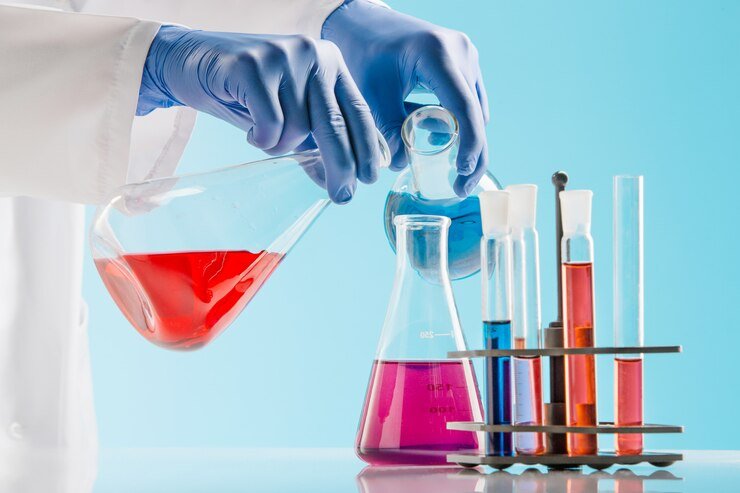
Standard Procedures in Pathology
-
Biopsy
Removal of tissue samples for microscopic examination to diagnose diseases such as cancer.
-
Autopsy
Post-mortem examination to determine the cause of death and study disease processes
-
Blood Tests
Analyzing blood samples to diagnose and monitor various conditions
-
Pap Smear
Screening test for cervical cancer by examining cells from the cervix
-
Microbiological Cultures
Growing microorganisms from samples to identify infections
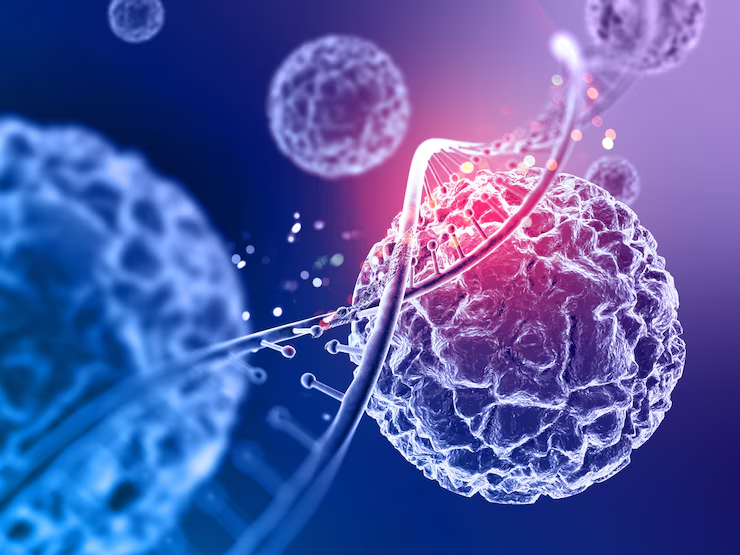

Pathology Professionals
Pathologists
Medical doctors who diagnosing diseases by examining tissues, cells, and fluids. They often work closely with other healthcare providers to guide treatment decisions.
Pathology Assistants
Support pathologists by preparing and examining specimens, performing autopsies, and managing laboratory operations
Medical Laboratory Technologists
Perform laboratory tests on specimens to assist in diagnosis and treatment. They work under the supervision of pathologists and clinical laboratory scientists

Technological Advancements

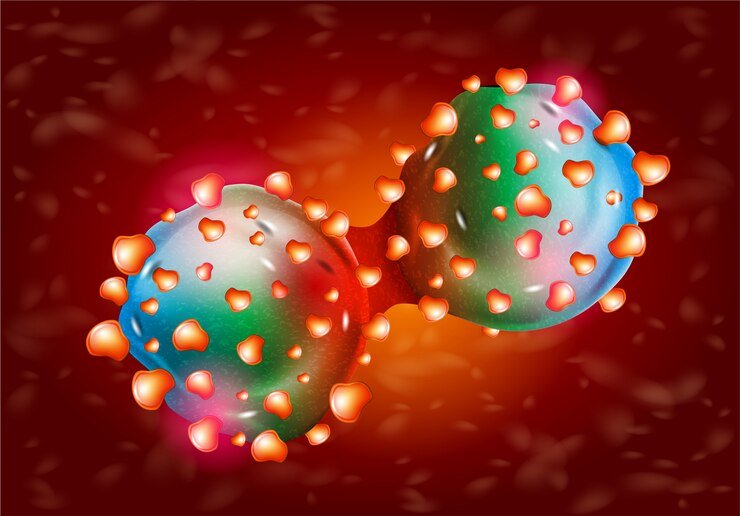
Molecular Diagnostics
Advanced techniques for analyzing genetic material to diagnose and monitor diseases more precisely
Digital Pathology
Enables the digitization of slides for easier sharing, remote diagnosis, and application of AI in diagnostics
Automation
Automated tissue processing, staining, and imaging instruments improve efficiency and consistency in pathology labs.

Safety and Ethical Considerations
Confidentiality:
Ensuring patient privacy and the secure handling of sensitive medical information is paramount.
Accuracy:
Maintaining high standards of accuracy in specimen analysis and diagnosis to ensure patient safety and effective treatment.
Ethical Practice:
They uphold ethical standards in research, diagnosis, and treatment recommendations and avoid conflicts of interest
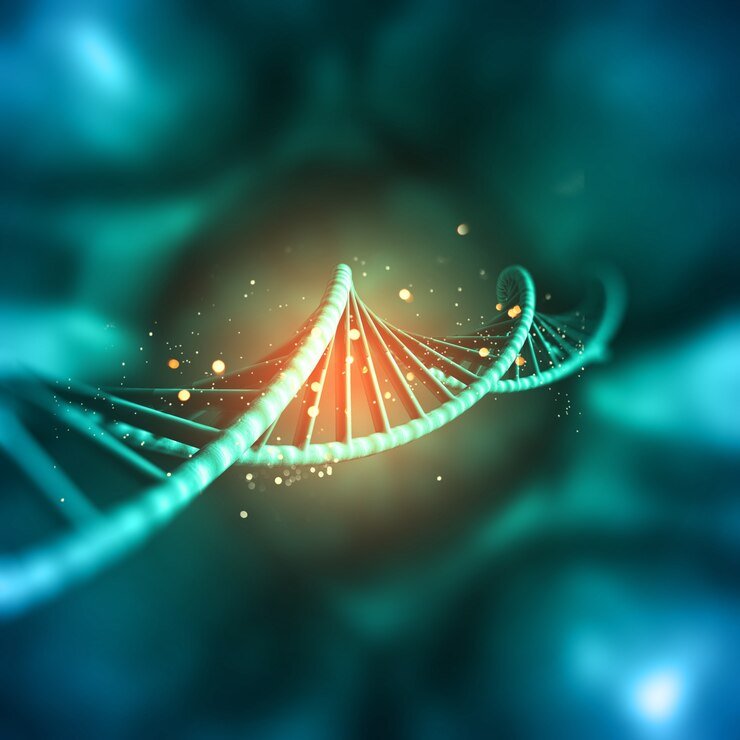

Role in Laboratory
A vital medical specialty that connects basic research and clinical medicine is pathology. It involves the detailed analysis of tissues, cells, and fluids to diagnose diseases, monitor treatment, and contribute to medical research. Technological advances, such as molecular diagnostics and digital pathology, continue to enhance the field, enabling more precise and personalized medical care. Pathologists and their teams are essential in providing accurate diagnoses, guiding treatment decisions, and improving patient outcomes
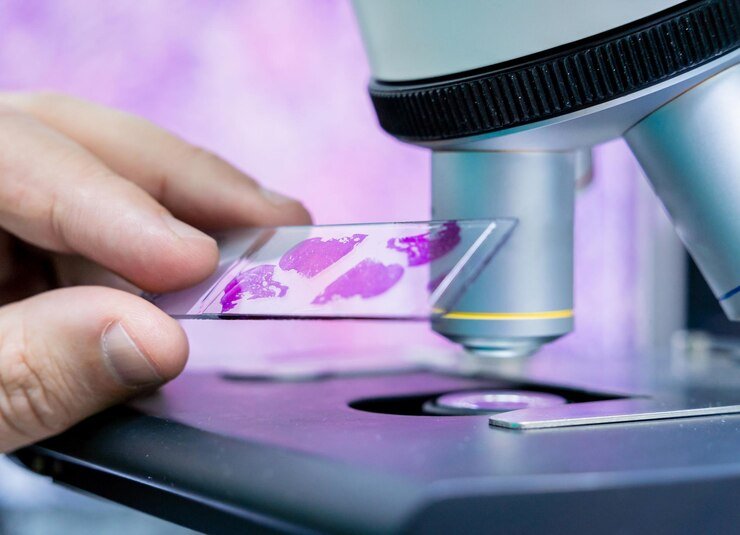
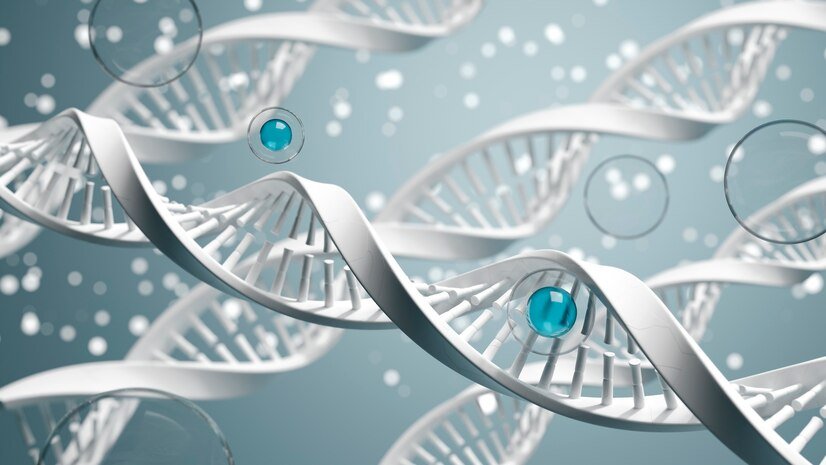
Detailed Components
Medical Oversight
Pathologists provide medical oversight of laboratory testing processes, ensuring that procedures adhere to established standards and guidelines. They review and interpret test results, offering expert clinical insights to aid in diagnosis and patient management
Quality Assurance
Pathologists are responsible for maintaining the laboratory's quality assurance and quality control measures. They establish and monitor quality assurance protocols to ensure test results' accuracy, precision, and reliability. It includes evaluating the performance of laboratory personnel, equipment, and testing methodologies
Test Selection and Interpretation
Pathologists select appropriate laboratory tests based on patient symptoms, medical history, and suspected diagnoses. They interpret test results in the context of the patient's clinical presentation, providing diagnostic interpretations and recommendations for further evaluation or treatment
Consultation and Collaboration
Pathologists collaborate with clinicians, other healthcare providers, and laboratory staff to optimize patient care. They offer consultation services to clinicians regarding test selection, result interpretation, and appropriate follow-up actions. Pathologists also participate in multidisciplinary discussions to develop comprehensive treatment plans for complex cases.
Research and Development:
Pathologists engage in research and development activities to advance laboratory medicine and diagnostic testing methodologies. They contribute to the development of new laboratory assays, techniques, and technologies and conduct research studies to improve diagnostic accuracy and patient outcomes.
Education and Training
Pathologists educate laboratory staff, medical students, residents, and fellows. They provide instruction on laboratory techniques, test interpretation, and applying laboratory findings in clinical practice. Pathologists also contribute to continuing education programs to ensure ongoing professional development among healthcare professionals
Regulatory Compliance
Pathologists ensure compliance with regulatory requirements and accreditation standards governing laboratory practices. They supervise the application of guidelines and protocols for specimen processing, quality control, data management, and safety in laboratories


CPT Codes in Pathology
Surgical pathology, gross and microscopic examination. These codes are used to describe the examination of surgical specimens, including tissue sections and biopsies, to diagnose diseases.
Cytopathology, including cervical (Pap smear) and other exfoliative specimens. To detect abnormalities, these codes examine cells shed from various body surfaces, such as the cervix, respiratory tract, and body fluids.
Cytopathology, fine needle aspiration (FNA) biopsy. These codes are specific to examining cellular material obtained through acceptable needle aspiration procedures commonly used for diagnosing tumors and cysts
Immunohistochemistry (IHC) staining. These codes bill for immunohistochemical staining techniques performed on tissue samples to detect specific proteins or antigens, aiding in the diagnosis of cancer and other diseases
Special stains. These codes cover the application of special staining techniques to tissue sections to highlight specific structures or substances, assisting in identifying certain diseases or pathogens
Consultation and report on referred slides. These codes are used when a pathologist provides a consultation and detailed report on slides referred from another facility or physician for further evaluation
Molecular pathology procedures. These codes encompass molecular tests performed on tissue samples or body fluids to analyze DNA, RNA, or protein markers associated with genetic disorders, infectious diseases, and cancer
In situ hybridization (e.g., FISH). These codes pertain to fluorescence in situ hybridization (FISH) tests, which detect specific DNA sequences or chromosomal abnormalities in tissue samples, supporting the prognosis and diagnosis of illnesses like cancer
At iMedbillingPro, we are aware of the challenges and suffering that healthcare providers encounter when delivering first-rate patient care.
Copyright © 2024 iMed Billing Pro All Rights Reserved.

